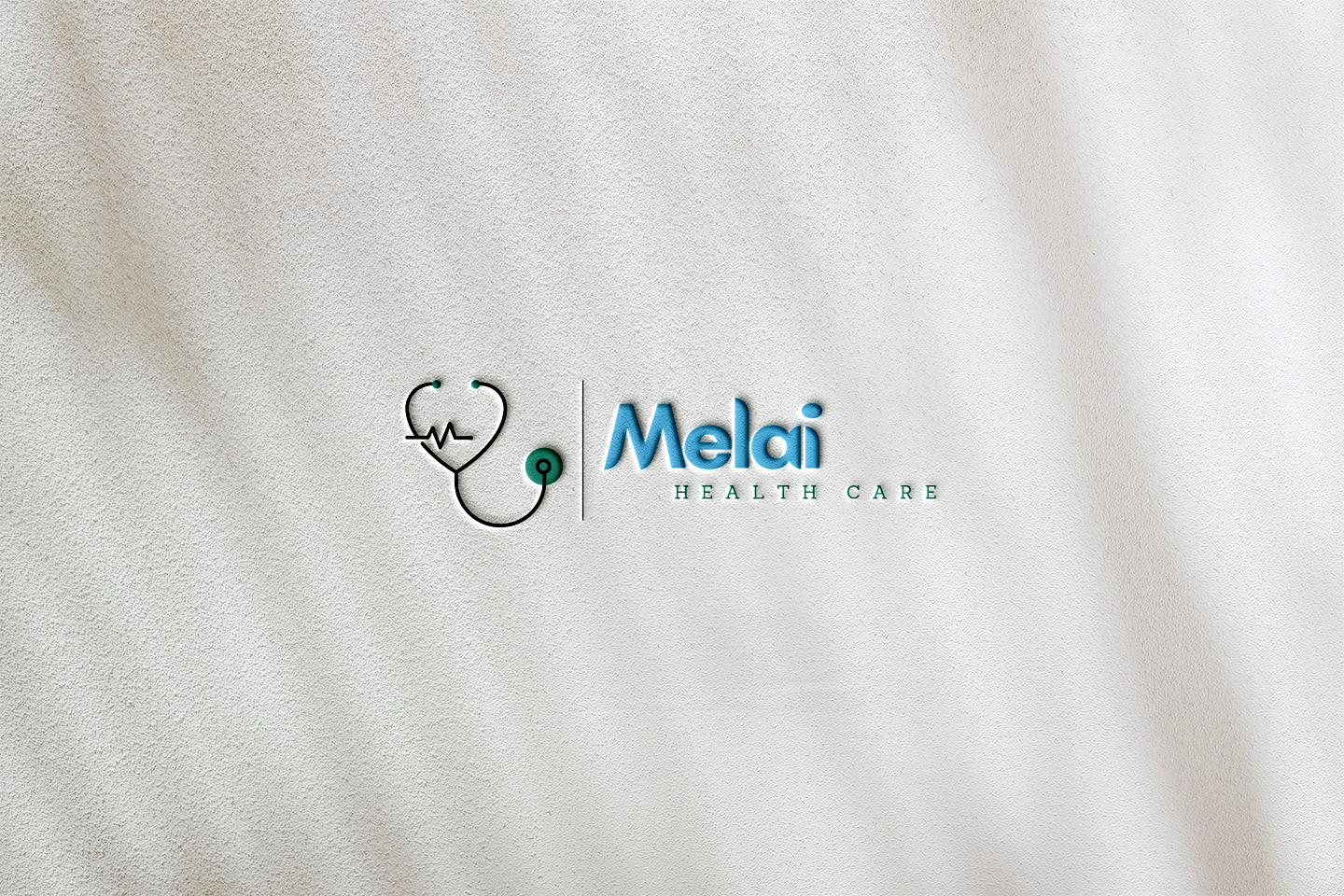While herbs are mostly known for Traditional Medicine,several herbs have been studied and their potential uses are acknowledged.However,more research is still encouraged to understand in detail the mechanisms of such herbs.Below are the popular herbs and their potential uses.
1. GINSENG
There are two types of ginseng,American and Asian ginseng.

contains ginsenosides , used as an anti aging antioxidant.
reduces stress and promotes a sense of wellbeing.
boosts body immune system ,fighting diseases.
used as an adaptogen,maintaining body’s energy levels and overall vitality.
PRECAUTION;can cause bleeding problems,hypoglycemia,insomnia,decrease in INR when used with Warfarin.
The effectiveness of ginseng varies with the type used,method of preparation,dose and other individual factors,that said its advisable to consult your medical practitioner before use.
2.GARLIC


aids in maintaining a healthy digestive system.
contains antibacterial and antiviral properties that aids in infections control.
used as a detox by removing harmful toxins from the body system.
promotes bone health by increasing bone density and reducing risk of osteoporosis.
reduces cholesterol levels and blood pressure,reducing risk of cardiovascular diseases.
has anti inflammatory properties.
3.ST. JOHN’S WORT

also known as Hypericum perforatum.
a herbal supplement best known for mood related and mental health disorders.used to manage mild to moderate depression by increasing serotonin levels.
Used to relieve menopausal symptoms.
useful for sleep disorders,obsessive-compulsive disorders{OCD},Attention deficit Hyperactivity Disorder {ADHD},neuropathy,Seasonal Affective Disorder{SAD}
PRECAUTIONS;St John’s Wort interacts with various medications which can lead to a potentially harmful drug interaction.ie antidepressants,anticoagulants,birth control pills.
Always consult your healthcare consultant before,for appropriate guidance on usage.
4.ECHINACEA

Stimulates the production of immune cells enhancing body’s defense mechanism against infections.used as a natural immune booster during common cold and other respiratory infections.
Ointments or creams may be applied on wounds,skin irritations to promote wound healing and reduce inflammation.
used for mouth care to reduce symptoms of gingivitis.
used for urinary tract infections,ear infections.
PRECAUTION;Consult your healthcare provider if using
5.TURMERIC

Has a yellow spice, derived from the root of Curcuma longa plant.
used as an anti inflammatory-age related diseases ie heart diseases,arthritis.
used as antioxidants by neutralizing harmful free radicals in the body.
used to promote liver health,skin health,digestive health,
may be used to manage pain associated with arthritis,musculoskeletal conditions.
Curcumin aids to regulate blood sugar levels and improve insulin sensitivity therefore preventing type 2 diabetes
6.ROSEMARY

Rosemary oil is used to promote hair growth and reduce hair.
reduces wrinkles and skin aging signs
alleviates signs of indigestion improving gut health
improved memory and cognitive function
While these herbs may have potential uses as stated,it is important to note that,several studies are still encouraged to fully demonstrate their effective mechanism.seeking medical consultation is highly recommended to avoid dangerous interactions.

